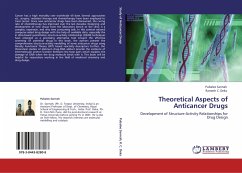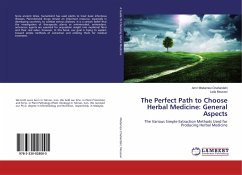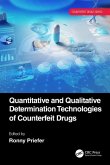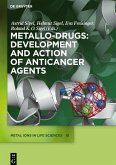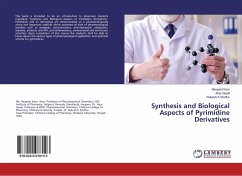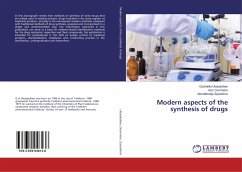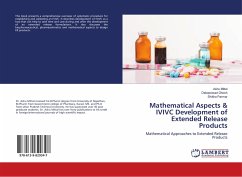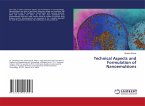Cancer has a high mortality rate worldwide till date. Several approaches viz., surgery, radiation therapyand chemotherapy have been employed to treat cancer. Since new anticancer drugs have been discovered, thecuring rate of chemotherapy has improved over thelast decades. Designing and development of new drugsfrom the laboratory bench to the clinic is a complex,expensive, and very time consuming task. In thiscontext rational computer-aided drug design with thehelp of available data, especially the insilico-based quantitative structure-activityrelationship (QSAR) techniques have emerged as apromising alternative tool toward the effectivescreening of potential drugs. In this book, theauthors present the comprehensive structure-activitymodelling of some anticancer drugs using DensityFunctional Theory (DFT) based reactivity descriptors. Further, the theoretical studies of platinumdrug-DNA adduct provide the evidence ofintermolecular proton transfer between the base pairswhich explains the damage of DNA when the drugmolecule binds with it. This book will be helpfulfor researchers working in the field of medicinalchemistry and drug design.
Bitte wählen Sie Ihr Anliegen aus.
Rechnungen
Retourenschein anfordern
Bestellstatus
Storno

